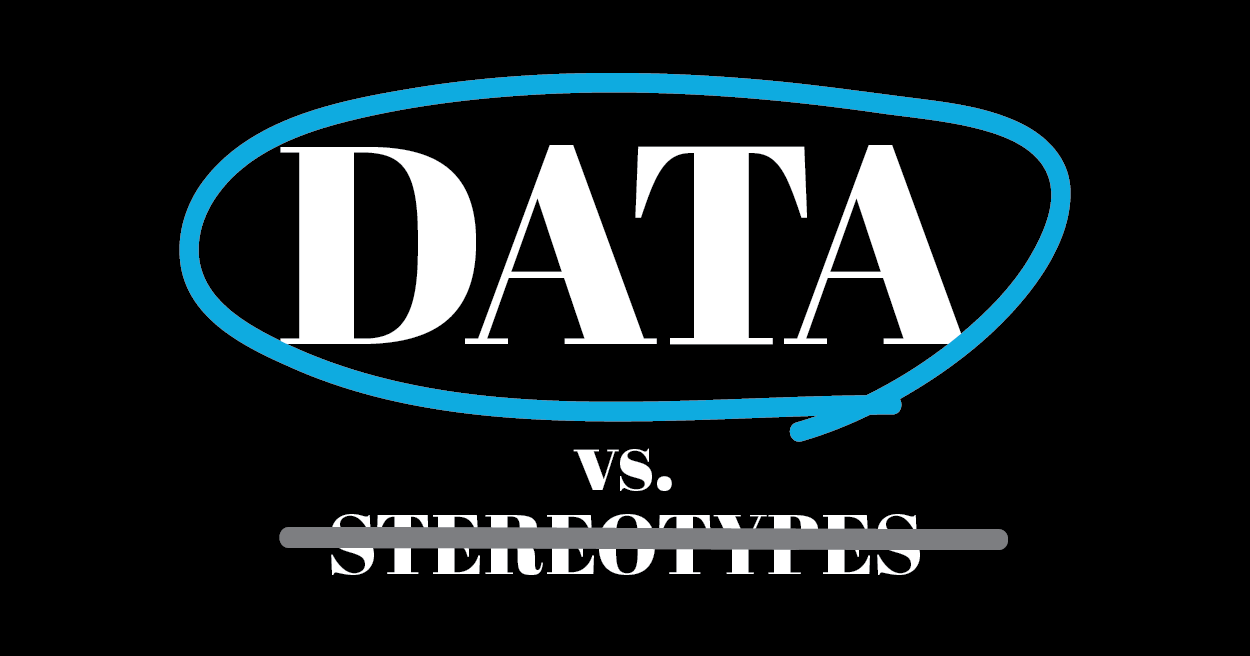
Let me make this disclaimer, I’m going to try to keep this PC. When asked to write this blog I initially thought I had nothing to write about…until I turned on the TV. Then I was given a subject. I started noticing similarities with African-Americans in commercials for McDonald’s, Pine Sol, and some hair relaxer product that I can’t even remember.
I wondered: Why does it seem that in order to target African-American people we must become, in essence, “ghetto?” It’s like African-American is synonymous with “ghetto” or “urban.” Yes, many African-American people live in inner-city communities due to many socioeconomic factors. However, many African-Americans don’t live in the inner-city or know about the ‘hood. Every commercial for the African-American community does not need to rap about the product or have a woman with an afro and a sassy attitude. It’s like advertising has become glorified stereotyping that is widely accepted. Instead of focusing on metrics, statistics, and qualitative measures, we rely on stereotypes as a way to relate to ethnic audiences.
When quantifying how to target women we relate to the percentage of women vs. men, then develop and focus on “women’s issues and interests” such as fashion, motherhood, or beauty. These are also stereotypes, but it’s often supported with data! Unfortunately, this is not the case with the African-American community. Many clients shy away from wanting to focus on this community like the plague. Why? Maybe because this community is often depicted as low income, “urban,” hip-hopping, ball-dribbling, and feisty…i.e. “ghetto!”
Instead of media companies trying to diffuse this, educate clients, and create data driven strategies to correctly advise, they seem to further perpetuate the issue. This is at the client’s disadvantage and the agency’s. Agencies must be the educated advisors, not stereotype perpetuators. Yes, some African-Americans listen to rap, but more non-African-Americans who live in the suburbs purchase rap music and go to rap concerts, so who are you really targeting? I haven’t seen Wale at McDonald’s lately!
For retail clients especially, agencies must inform clients that African-Americans are the highest retail purchasers amongst all ethnic groups. They are also the most frequent purchasers of high-end retail labels such as Louis Vuitton. Sales for Tom Ford sky-rocketed after Jay-Z’s homage to the international designer. Successful retail brands get it. Tom Ford didn’t turn around and create ads with a 2Chainz, gold teeth, locs, and shades, screaming, “Tom Ford.”
I’ve done media plans for L’Oreal Multi-cultural and Hispanic. This French company understood the ethnic market place, ensuring that all creative depicted diversity within the ethnic group. Relaxed hair, natural hair, lighter skin, and darker skin, they had data and required a media plan based on data. Their global brand reputation was at stake and as their media partner our job was to protect, respect, and upgrade it. Successful brands get it.
Prince George’s County is 65% African-American and has five of the richest black communities in America, primarily due to the concentration of highly paid Federal Government workers. However, you are not going to reach this audience of highly educated, high income African-Americans with 2Chainz or a sassy woman saying, “oh, chile’!”
Advertising agencies need to focus on statistics, strategy, niche targeting, and focus on the ultimate goal. If your goal is to increase your retail sales by 30% in a predominately African-American community, you need to strategically target areas where the concentration of spenders who have purchased in your retail category over the last year constitutes more than 50%.
Bottom line: Agencies need to realize their social responsibility, stop relying on stereotypes, and use statistics, mathematics, strategy, and custom targeting to educate clients in addition to being their advisors and creative gurus.
Posted By
Categories
Plus Points
Tags
advertising, branding, culture, data, marketing, Marketing Campaigns, media, Messaging, tv